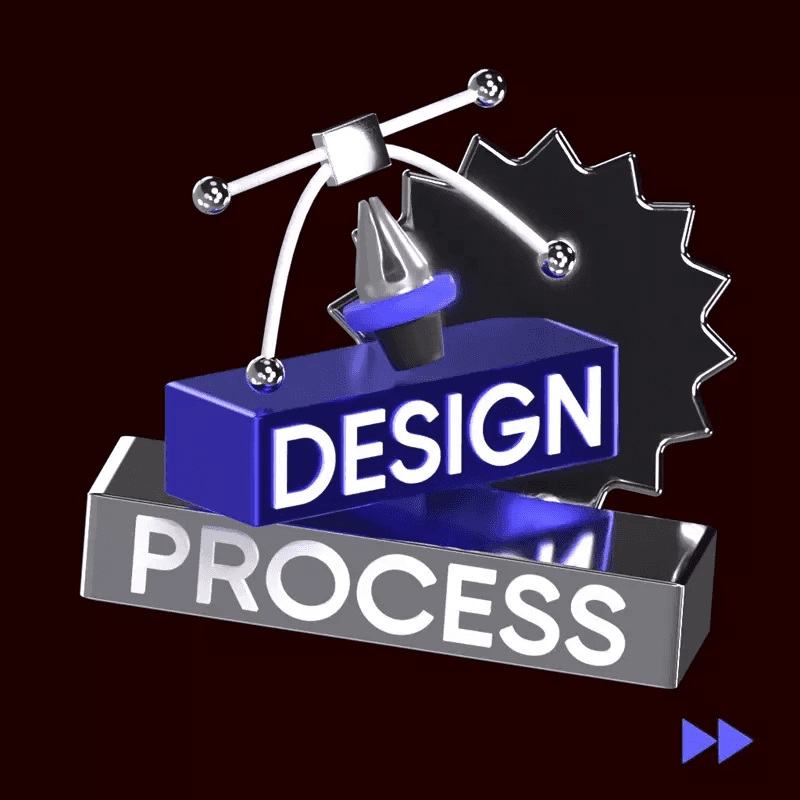Bump Mapping
Bump Mapping
Bump Mapping
Bump mapping is a technique used in computer graphics to create the appearance of depth and texture on a flat surface without actually altering the geometry of the object. This is achieved by simulating the way light interacts with the surface, creating the illusion of bumps, ridges, or indentations.
When a 3D object is rendered with bump mapping, the surface appears to have more detail and complexity than it actually does. This can greatly enhance the realism of computer-generated images, making them look more lifelike and immersive.
Bump mapping works by using a texture map to define the height variations on the surface of an object. This texture map is used to perturb the surface normals of the object, which affects how light is reflected off of it. By adjusting the intensity and direction of the lighting based on the bump map, the illusion of depth and texture is created.
There are different types of bump mapping techniques, such as normal mapping, parallax mapping, and relief mapping, each offering varying levels of realism and computational complexity. These techniques are commonly used in video games, animation, and visual effects to enhance the visual quality of rendered images.
In conclusion, bump mapping is a powerful tool in computer graphics that allows for the creation of detailed and realistic surfaces without the need for complex geometry. By simulating the interaction of light with surface textures, bump mapping adds depth and visual interest to digital images, making them more visually appealing and engaging.
15,000+ customizable 3D design assets
for UI/UX, website, app design and more


quote post


Information post


marketing post
Sign up for free
View All
A
B
C
D
E
F
G
H
I
J
K
L
M
N
O
P
Q
R
S
T
U
V
W
X
Y
Z
#
View All
A
B
C
D
E
F
G
H
I
J
K
L
M
N
O
P
Q
R
S
T
U
V
W
X
Y
Z
#
View All
A
B
C
D
E
F
G
H
I
J
K
L
M
N
O
P
Q
R
S
T
U
V
W
X
Y
Z
#
Tools
Create
Tools
Create